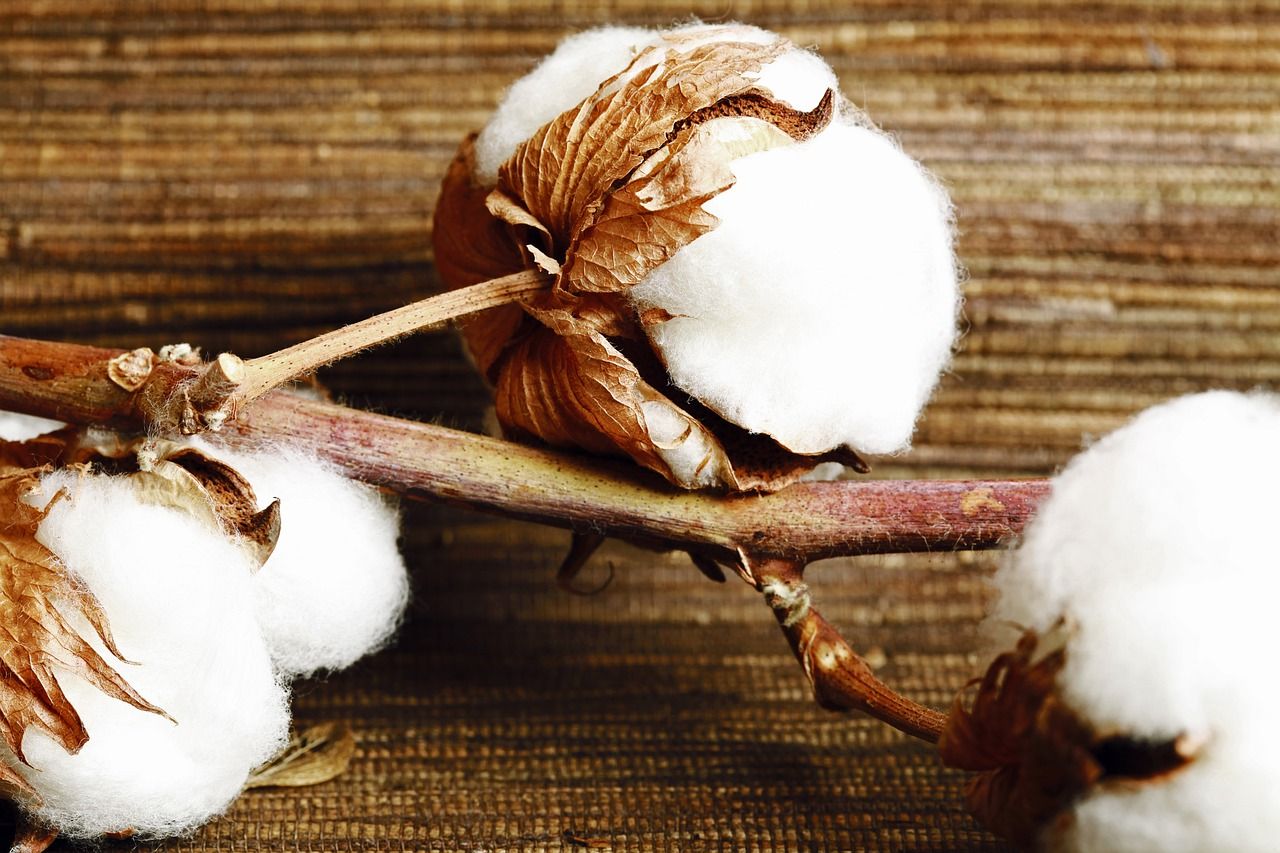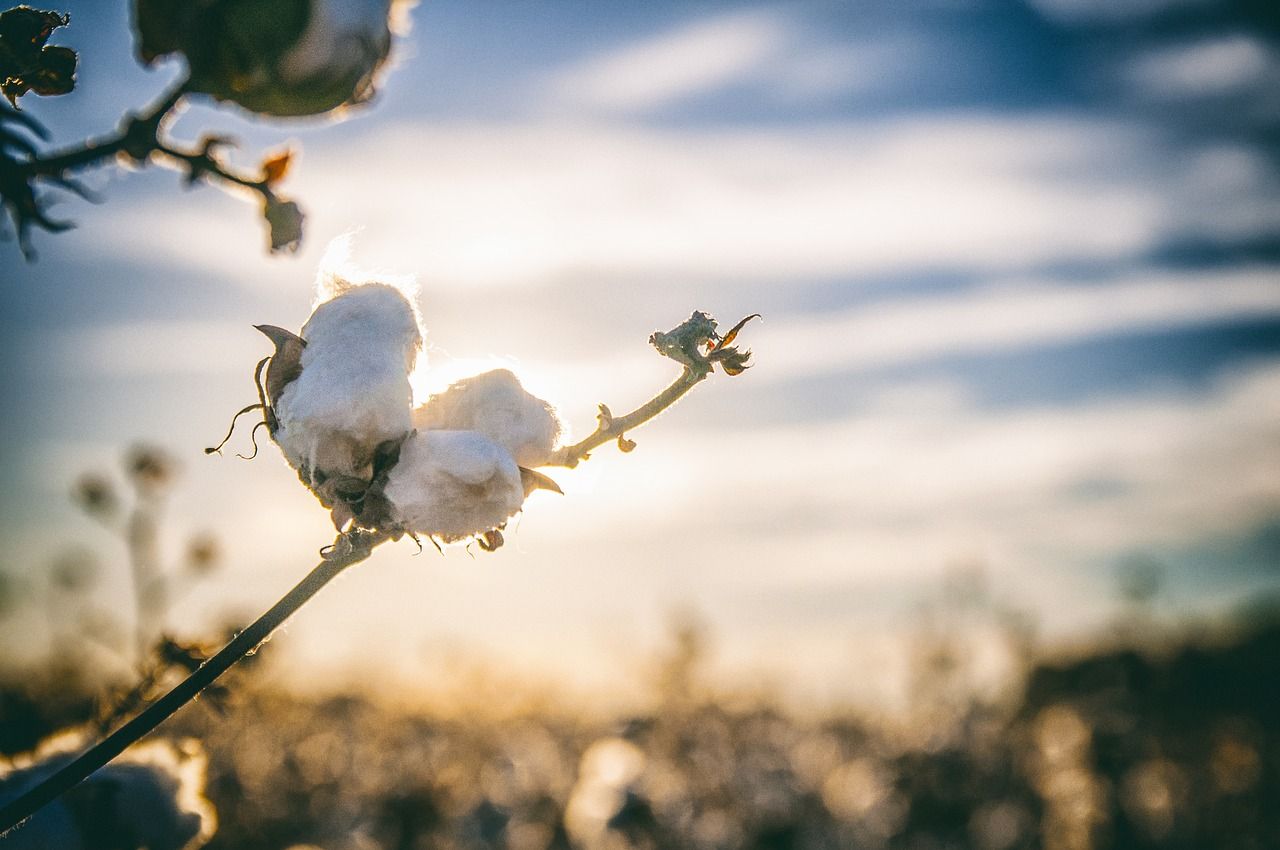Cotton hasn’t always been a domestic plant. Throughout history (and even before) it has grown naturally in the wild in such far flung places as Brazil, Africa, Australia and the Americas. Ancestors of modern day cotton can also be found growing on a number of different tropical islands. This information is important to keep in mind when you are wondering how long it takes cotton to grow because the specific species of plant, combined with the environment in which it is grown combine to determine just how long it takes. In this article, we explore this topic. Read on to learn more on how long does it take for cotton to grow.
What You'll Learn Today
What Species Of Cotton Are There?

In modern times, the many wild varieties of cotton have been selectively bred into five major cultivars:
- American Pima
- Egyptian
- Upland
- Asiatic
- Island
How many frost free days are necessary for cotton to grow? All of these varieties need a minimum of 5.5 months of frost free weather to grow successfully from seed to cotton. Here are some further requirements.
Understanding The Cotton Plant & Its Physiology
How Long Does It Take Cotton To Grow?

Although the amount of time can vary somewhat from one cultivar to another and one location to another, this six month timeline holds fairly true.
1. First 2 Weeks
After the cotton seed has been placed in well-prepared, moist earth, it takes between five and ten days for germination and sprouting to occur.
To ensure success, seeds must be planted one or two inches deep in soil that will consistently maintain a temperature of 60 degrees Fahrenheit or greater for the entire growing season.
Here is a bit more on preparing cotton seeds for planting.
2. First Month
Once seed has germinated and sprouted the seedling will appear above the surface of the soil within a months’ time.
Growth is quick, and true leaves (those in addition to the two baby leaves that all seedlings begin with) will begin to grow.
True leaves are very important as they facilitate photosynthesis, which converts sunlight into energy and allows the plant to flourish.
This part of development is known as the stand. This is when the farmer can begin assessing the extent and success of his or her crop.
Of course, nothing is certain because, no matter how well a crop starts out, the end results can be marred by bad weather and/or pests.
3. In 6 Weeks’ Time
As time passes, the plants will grow taller and produce more branches. When the plants are about six weeks old, flower buds (squares) will appear. Each square is surrounded by leaves, which are known as bracts.
4. In 2 Months’ Time
When plants are about two months old, the surprisingly pretty, white or yellow flowers will open and break through the bracts of leaves. As the breezes blow around the flowers, they begin to form pollen.
Within three days, pollinators, such as bees will begin visiting to pollinate the plants. When this has occurred, the blooms will transition to a deep shade of pink.
The pink blooms are short-lived. Within a few days, they wither and drop. Then the cotton boll begins to form. It is the remains of the bud that held the flower.
Each cotton boll holds about thirty-two seeds, along with the cotton fiber, which will eventually be harvested. As the boll matures, the cotton fibers become thicker and longer and the boll will swell.
5. The 5th & 6th Months
When the plant is about five months old, the bolls burst open, exposing the fibers to the air. When the plant is about six months old, the cotton is harvested.
This interesting video provides valuable information about how long it takes cotton to grow and gives us a glimpse of the labor intensive process of hand cultivation of commercial cotton in India.
Cultivation – Life Cycle Of Cotton
Harvesting cotton by machine in California:
California Cotton Harvest
Frequently Asked Questions
Cotton plants go through six important growth stages. We typically categorize them as germination, seedling establishment, vegetative growth, flowering, boll development, and maturation.
The amount of time it takes for cotton plants to reach maturity varies. A lot depends upon factors such as the specific cotton variety, environmental conditions, and how the crop is managed. Generally speaking, it usually takes 150 to 180 days for cotton plants to become fully mature.
The flowering stage is actually a rather charming phase for cotton plants. This is when beautiful and fragrant hibiscus-like flowers start to appear. These sweet smelling flowers attract bees and other pollinators because they do produce nectar, but the flowers are actually pollinated by the breeze. After pollination, the blooms transition into bolls containing cotton fibers.
Many environmental factors , such as the temperature, the amount of sunlight, rainfall and humidity can affect how cotton plants grow and develop. Crop management practices including pest management and irrigation practices, play significant roles in the health and productivity of cotton plants. It’s essential to provide appropriate irrigation to ensure plants receive adequate water, fertilize them at the right times, and closely monitor for any pests or nutrient deficiencies that may arise.
Throughout all growth stages monitor frequently for pests and diseases and treat as needed. Likewise, weeds should be dealt with on a regular, ongoing basis. When cotton seeds are germinating and young seeds are becoming established, keeping the soil uniformly and consistently moist is of the utmost importance. Keeping weeds under control is also especially vital during this time because rampant weed growth will block the sun and prevent healthy cotton plant growth. When your plants begin to flower, be sure they are getting ample irrigation to support the blooms. Keep an eye on the foliage and apply plant growth regulators as needed to be sure you are getting plenty of leaf growth. This is essential to overall plant health. When the bolls start to develop, continue providing plenty of water to be sure the bolls can thrive and the fiber quality is top notch. It’s during this time you must be especially vigilant about stink bugs and bollworms. These pests will wreak havoc on your plants’ fiber quality and yield. Examine the bolls frequently for boll rot and treat as needed. When your plants are mature watch them closely for signs that the bolls are starting to open. Continue to closely monitor irrigation to be sure of harvesting fiber of the best quality. You want the roots of the plants to stay well hydrated, but you do not want soggy soil. To do this, reduce both the frequency and amount of irrigation gradually. This will induce mild plant stress which actually enhances the quality of the cotton fibers. You’ll also need to begin making arrangements for your harvest and ginning dates.
Tremendously rich in all that is needed on cotton literature.
This is highly educative and helpful to every cotton farmer beginners. Nice one!